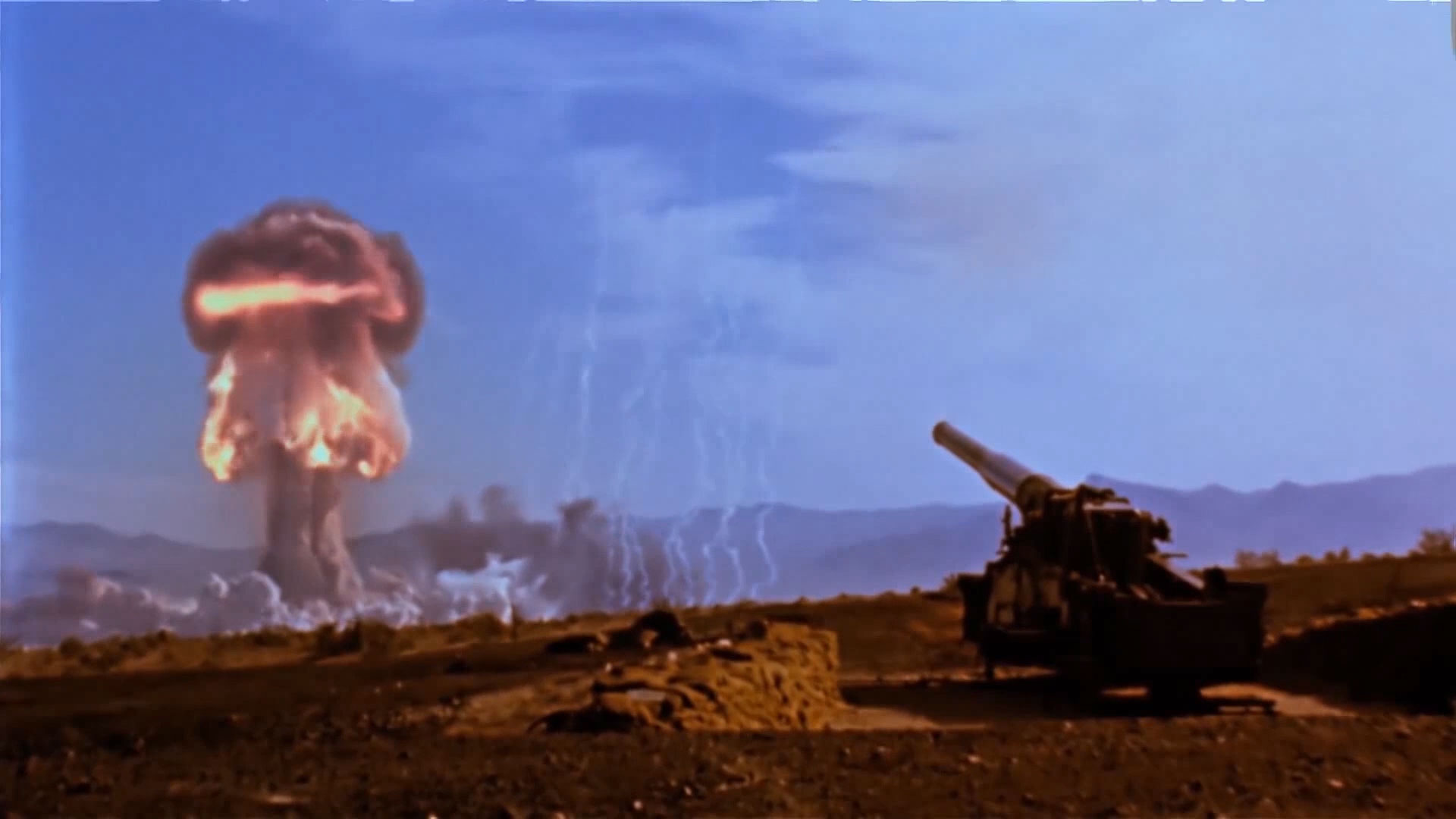Efficiencies, pipelines help propel Pa. gas production in 2018

Natural gas wells in Lycoming County, Pennsylvania. (Photo: Joe Ulrich / WITF)
Natural gas production in Pennsylvania is expected to reach a new high by year’s end: 6 trillion cubic feet.
Drillers extracted 13 percent more gas in the first three quarters of 2018 than during the same period the previous year, according to a recent report from the state’s Independent Fiscal Office.
David Spigelmyer, president of the Marcellus Shale Coalition, an industry trade group, said the uptick is due in part to efficiency. Operators are drilling longer wells that extend on average for 10,000 feet horizontally underground.
Plus, he said, more pipelines such as the Atlantic Sunrise in eastern Pennsylvania are coming online, giving drillers greater ability to transport their gas to market and making the Marcellus Shale more competitive with other shale plays.
“We’re starting to see additional investments across Pennsylvania to modernize our pipeline infrastructure, not only to get gas to consumers here in Pennsylvania, but to get gas to consumers across our country and, in some cases, to get gas to consumers across the globe,” he said.
Early this year, the Energy Information Administration announced that the United States had become a net natural gas exporter. The country is expected to ship more gas to other nations in the years ahead, including from the Cove Point terminal in Maryland. The facility began sending Marcellus Shale gas to Asia this spring.
Spigelmyer said the industry still faces challenges transporting gas to markets like New England, as neighboring states have been hesitant to approve new pipelines amid environmental opposition.
Environmental and community groups in Pennsylvania continue to fight pipeline development. An explosion on an Energy Transfer pipeline in Beaver County earlier this year destroyed a home and led to more concern over another one of the company’s projects, Mariner East 2. Construction problems continue to plague that line, which is slated to carry natural gas liquids from west to east across the state.
The company says it will begin operating the line by the end of the year, though it will temporarily rely on sections of several other existing lines in the Philadelphia suburbs until the completed line is ready. That announcement drew swift criticism from pipeline opponents, who say the lines present a threat to public safety.
A group of eastern Pennsylvania residents, citing safety issues, has asked the Public Utility Commission to shut down the Mariner East project. The residents’ attorney, Michael Bomstein, said in a recent hearing that a leak in heavily populated southeastern Pennsylvania could be devastating, and the company has provided inadequate information about what the public should do in the event of a leak or rupture.
More pipelines coming online, coupled with high production, means the industry’s focus is shifting to how it can best use the region’s natural gas. Spigelmyer pointed to plans for more gas-fired power plants and projects like Shell’s ethane cracker under construction in Beaver County.
Those factors help position Appalachia to become a hub for natural gas liquids. Substances like ethane, butane and propane are abundant in western Pennsylvania’s gas fields.
“The tag as a hub has followed areas that have been robust in the development of the resource,” Spigelmyer said. “We now fit that role.”
A recent U.S. Department of Energy report highlighted the region’s potential for becoming a hub, which would mean more storage and transportation capacity is built here for natural gas liquids. That idea is not popular with environmentalists, particularly those in western Pennsylvania who oppose the Shell ethane crackerand further buildout of the petrochemical industry in the region.
The DOE report said an Appalachian hub would help diversify storage locations, helping to ensure enough natural gas liquids are available to meet demand swings.
“The present day geographic concentration along the Gulf Coast of petrochemical infrastructure and supply may pose a strategic risk, where severe weather events limit the availability of key feedstocks,” the report said.


